.jpg)
20 Years 911
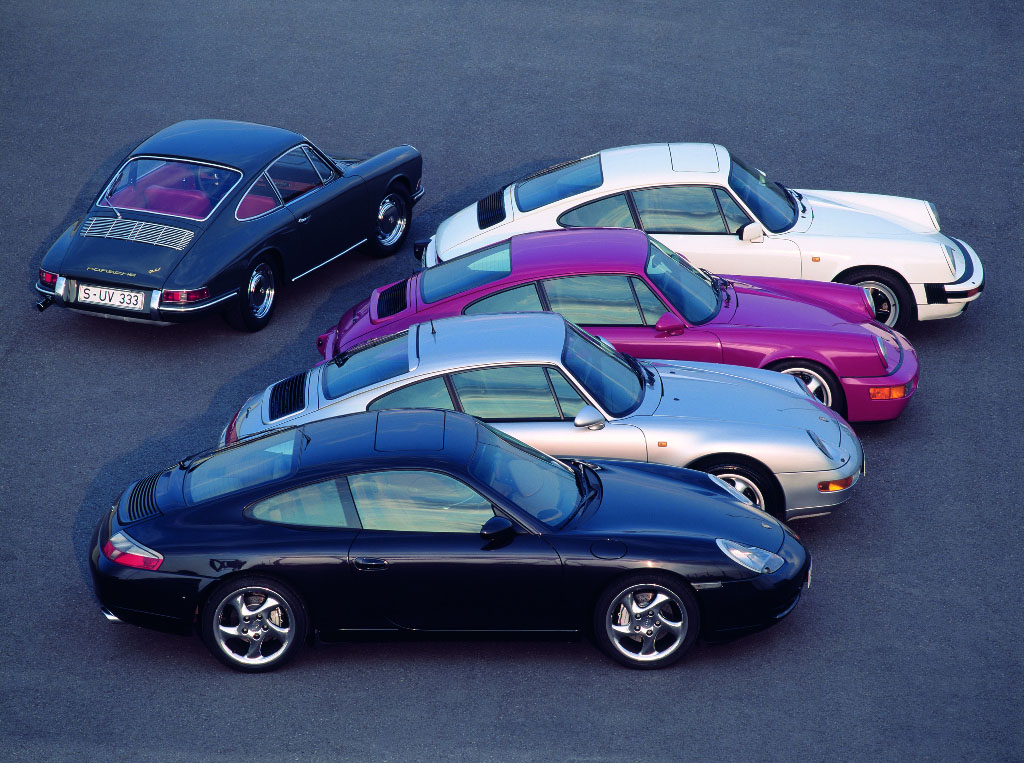
Asking anybody to name the most popular or the most typical of all sports cars, the first answer you will hear virtually every time is the Porsche 911. Indeed, this is the standard answer both in magazine surveys and in almost every debate from school classes all the way to the race track. And it is the answer you will hear not only in Germany, but rather in many countries the world over – an answer, indeed, that now looks back at a history of four decades: The “911", as its drivers and supporters call the car, is celebrating its 40th anniversary. This means four decades of Porsche sports car tradition during which new, trendsetting variants of the 911 have made their appearance time and again. And there is not even the slightest indication that the unique thrill emanating from this unique car will die down in any way in the years and decades to come. On the contrary – the 911 remains the absolute highlight in Porsche's plans for the future. A never-ending story – this is how the story of the 911 is often described.
Production of the “911" in fiscal 2002/2003 will be more than 25,000 units. Thanks to the intelligent and far-sighted technical development of the 911 (as well as the Boxster), Porsche has succeeded, following difficult times in the early '90s, to gain new, unprecedented momentum, remaining an important car maker in the process: Production, customer deliveries, revenues and profits have regularly increased to new record levels time and again throughout the last 10 years. And thanks, not least, to the introduction of the Cayenne as Porsche's third model series, this situation will not change in the 2002/2003 year of business, despite difficult economic conditions and markets the world over.
Back in 1963 Porsche was a small company with some 1,000 employees. The launch of the 911 at the Frankfurt Motor Show was a great and, indeed, a dramatic milestone for this sports car manufacturer from Stuttgart-Zuffenhausen.
Taking a look back over the years, Porsche presented the 911 to the public for the first time at the Frankfurt Motor Show in 1963. Or, to be precise, the car presented was the 901. In 1964, however, Peugeot complained about the model designation, claiming that they had the exclusive right to use three-digit car designation numbers with a zero as the “middle initial". Porsche chose not to quarrel, re-naming the new sports car “911" by the beginning of series production.
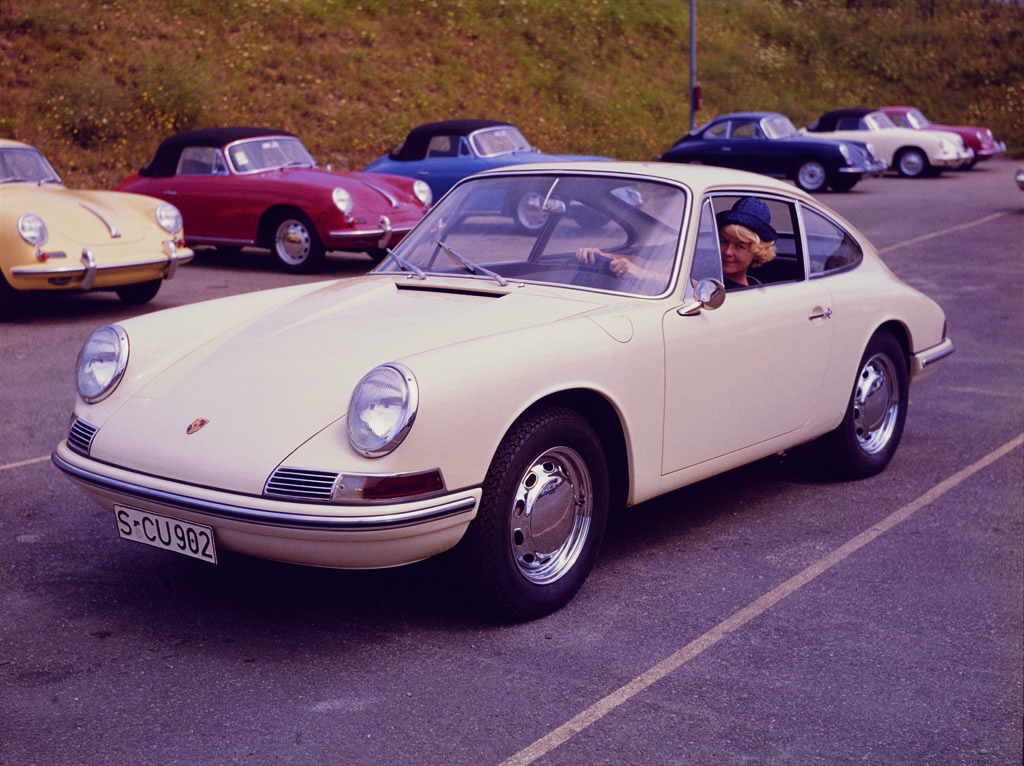
The design and particular looks of the 911 were created by Ferdinand Alexander Porsche. The eldest son of Ferry Porsche, at the time the President and Chief Executive Officer of the Company, Ferry was entrusted with the great task at the young age of 25 to create the successor to the Porsche 356, which in itself had become a classic in 1 1/2 years of outstanding success in the market.
Whilst the current 2003 version of the 911 does not share one single bolt with the original 911 back in 1963, it is still a direct successor to the original since the car's basic concept has remained unchanged to this very day: The high-performance power unit is fitted at the rear of this outstanding sports car, ensuring superior agility and good traction on the rear wheels as well as optimum weight distribution in the interest of good brake performance. Both back then and today, the power unit is a six-cylinder boxer still offering unmistakable sound, even though output has increased from the original 130 bhp to a current level of 320 bhp with the Carrera and an even more impressive 420 bhp with the 911 Turbo.
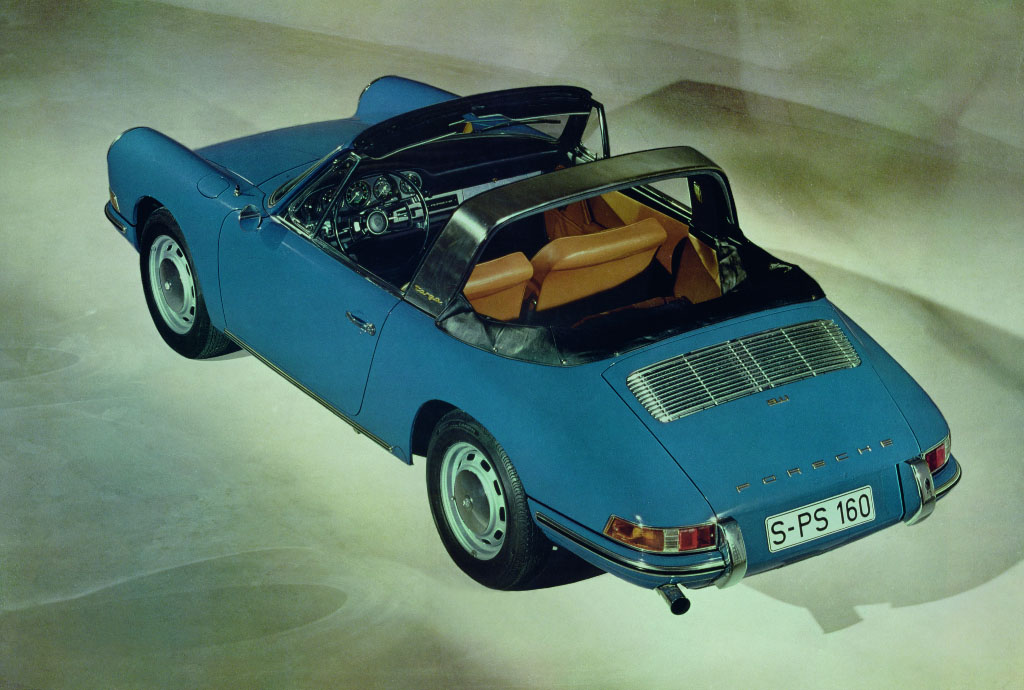
The 911 is and has always been a 2+2-seater. And who would contradict this distinctive philosophy, with the 911 being timeless and functional in its looks, smooth, sleek and aerodynamic, without any unnecessary edges, corners and frills. These, indeed, are “universal" attributes consistently characterising the 911 through all of its 40 years.
The connoisseur of Porsche knows that this unmistakable car concept goes back all the way to the '30s. In 1932 Ferdinand Porsche developed his first small car concept for NSU with an air-cooled flat-four power unit at the rear. But the real “people's car" only went into production after World War II, the VW Beetle becoming one of the most frequently built cars in history.
Although the first car to bear the name “Porsche" looked different, the close technical relationship is obvious at first sight: “Old Number 1" has become an outstanding star in Porsche circles. After the War the Company took up work again in 1946, with Chief Designer Karl Rabe running the Porsche Engineering Office. Moving to the Austrian town of Gmünd in Carinthia, the Stuttgart Company had found a new home in 1944. Then, in 1947, a project slowly became reality on the drawing board, making one of Ferry Porsche's old visions slowly but surely come true: The two-seater 356 “No 1" mid-engined sports car was presented to the world on 8 June 1948 and homologated by the State Authorities in Carinthia. The next step was the rear-engined Porsche 356, production of which amounted to some 78,000 units up to the year 1965. Never before in the history of motoring had a sports car achieved sales success of this kind.
The decision to build a new Porsche sports car was taken back in 1959. As already mentioned, Ferdinand Alexander Porsche was given the assignment to present the new design, a prototype, the 754 T7, being built after completion of a few 1:5 models. This was a four-seater offering two adults – limited – space on the rear semi-bucket seats. Even though Ferry Porsche ultimately thumbed-down the four-seater project, the 754 T7 nevertheless left behind an indelible mark, the car bearing out a number of Ferdinand Alexander Porsche's ideas later to see the light of day in the 901/911. Particularly the front end with the long, almost upright wings at each side and the low-slung front lid characterise the 911 to this very day. So experts are not wrong in calling the 754 T7 the first 911.
Many of Ferry Porsche's numerous wishes came true in the guise of the 901/911. The sound of the engine was more “muscular" and driving comfort was superior to the 356 – precisely these had been two of Ferry's requirements. A further point Ferry Porsche also regarded as essential was luggage space, the 911 being able “to accommodate a golf bag without the slightest problem", as he worded his demand.
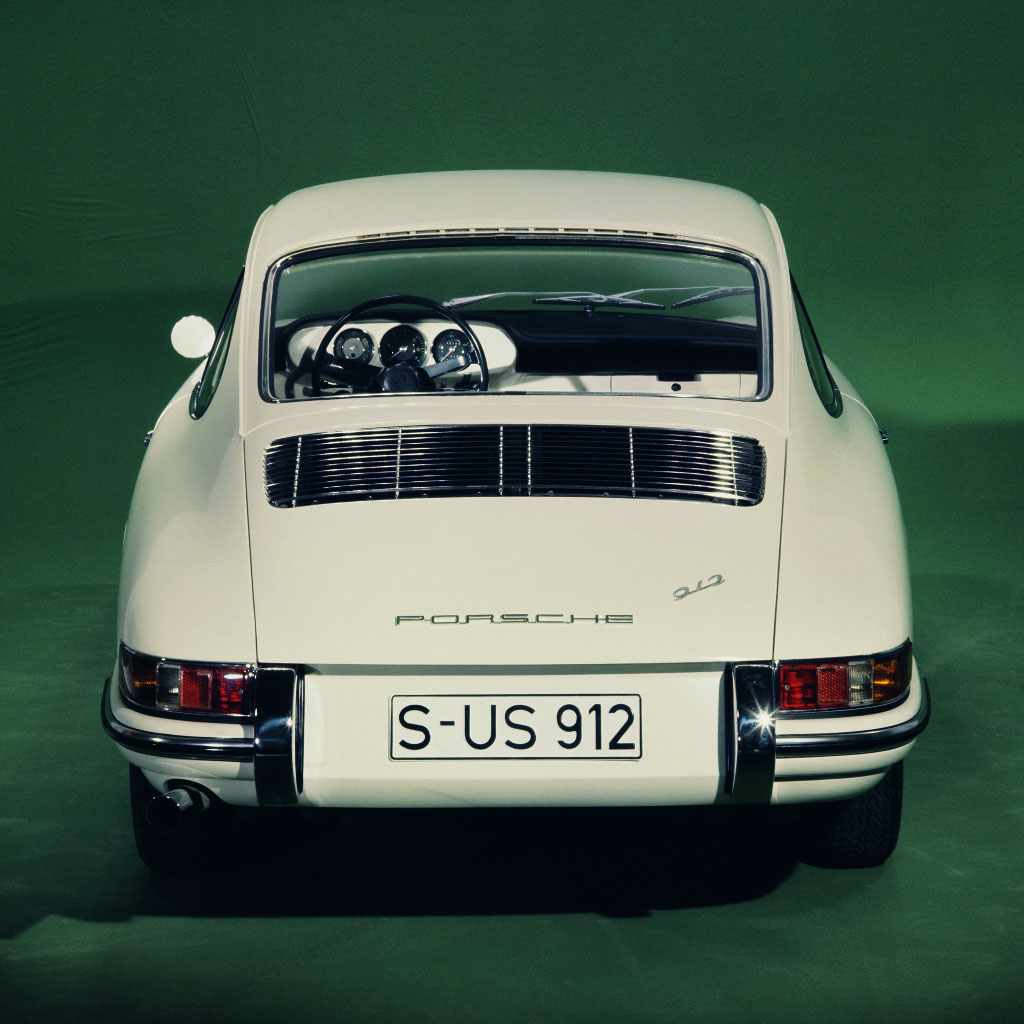
Other essential characteristics were carried over directly from the 356: A Porsche must be reliable, fast but suitable for everyday motoring, socially accepted and with all the advantages of a long service life. And these features have remained unchanged to this very day, just like the proverbial stability of Porsche 911 prices in the market.
What other features characterise all models, from the very first 911 back in 1963 all the way to the current model? The first answer, of course, is superior performance on the road. In 1963 this meant acceleration from 0 – 100 km/h in 9 seconds and a top speed of 210 km/h or 130 mph. Comparing this with the current 911 Carrera, the performance figures of the new Porsche 911 40 years on are acceleration from 0 – 100 km/h in 5.0 seconds and a top speed of 285 km/h or 177 mph.
Hardly a year has passed without any modifications to the 911. Indeed, big books have been written about this ongoing process of improvement, new tables have been compiled time and again. But it is nevertheless legitimate to subdivide the history of the 911 into various eras. First, there is the original model spanning the years from 1963 to 1973. With changes on the outside not being very apparent, there were many modifications inside during these years. This was when the Targa joined the range, as well as other models such as the “lowbudget" 912 and the 911 T, E, and S engine variants. Another outstanding change was the increase in engine size from 2.0 to 2.2 and, finally, 2.4 litres in the first decade of the 911.
Referring to the “G Series", the car historian means the years of the 911 between 1973 and 1989. Starting out with 2.7 litres, engine capacity increased during this period to 3.2 litres and even 3.3 litres on the Turbo. This was also when the name Carrera appeared for the first time in relation to the 911, first in 1972 on the super-sports Carrera RS 2.7 serving as the starting point for motorsport. This term comes from Carrera Panamericana, a legendary road race held in Mexico in the '50s and becoming one of Porsche's great domains in motorsport. It was also in these years of the G-Series that the Turbo joined the 911 family, initially developing 260 and subsequently 300 horsepower. A very important year was 1982, when Porsche presented the first 911 Cabriolet. And a direct relation of the 911, the Porsche 959 supercar, also saw the light of day in this era.
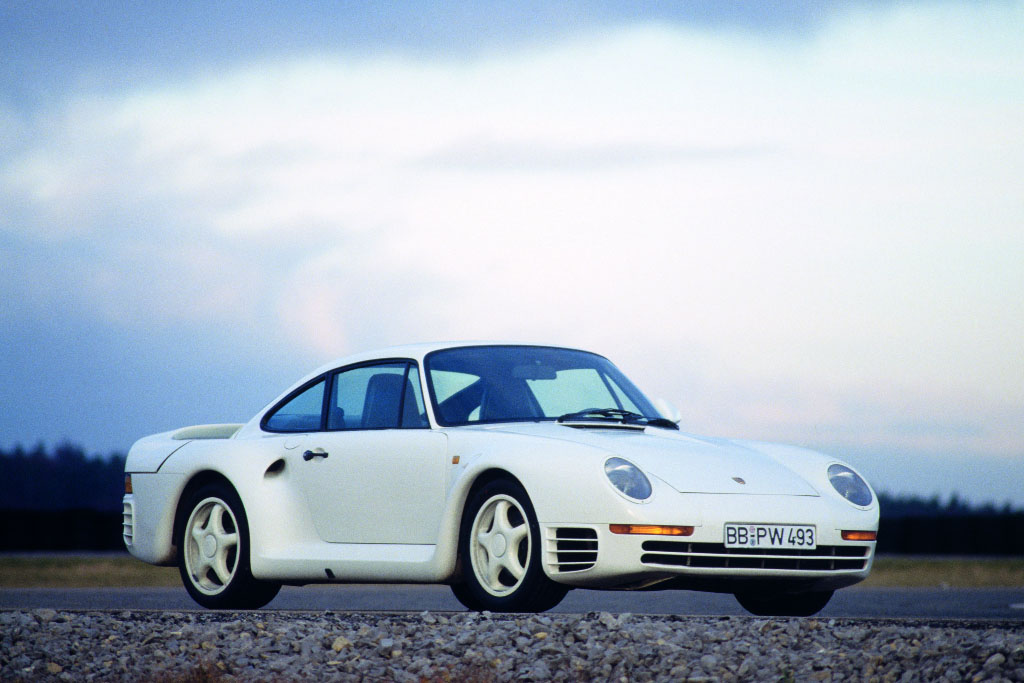
Initially conceived for motor racing in Group B, this supersports 911 was designed and built without any economic restraints, the brief being to use the very best components and materials in every respect regardless of cost. The result was a four-wheel drive high-performance sports car, a cutting-edge achievement in technology with 450 bhp engine output and a top speed of 315 km/h or 195 mph. This, obviously, came at a price, 292 units in this small production series selling in the market for a hefty but fully justified DM 420,000.–.
Based on the 911, the Porsche 959 demonstrated clearly in the '80s how Porsche saw the future of the sports car, at the same time clearly proving the technical potentials of the Company.
A few years before, in the mid-90s, the perspective had been somewhat different, certain doubts being raised within the Company as to the long-term perspectives of the 911. So in autumn 1977 Porsche presented the 928, an 8-cylinder super-sportscar claimed to be the new top-of-the-range model and the successor, as many believed, to the 911. Reviews and tests of the 928 presented good results, an international jury even choosing the 928 as the very first and so far only sports car to become the “Car of the Year". But customers remained faithful to the 911. Although the 928 remained in development for many years to come, the engineers in Weissach started to focus once again on the 911, concentrating on optimising Porsche's No 1 model. Marking the end of the “G Series", for example, the first 911 Speedster saw the light of day – a radical two-seater with an emergency roof and a removable, extrasmall windscreen. This, one might say, was the legendary 356 Speedster brought back to life.
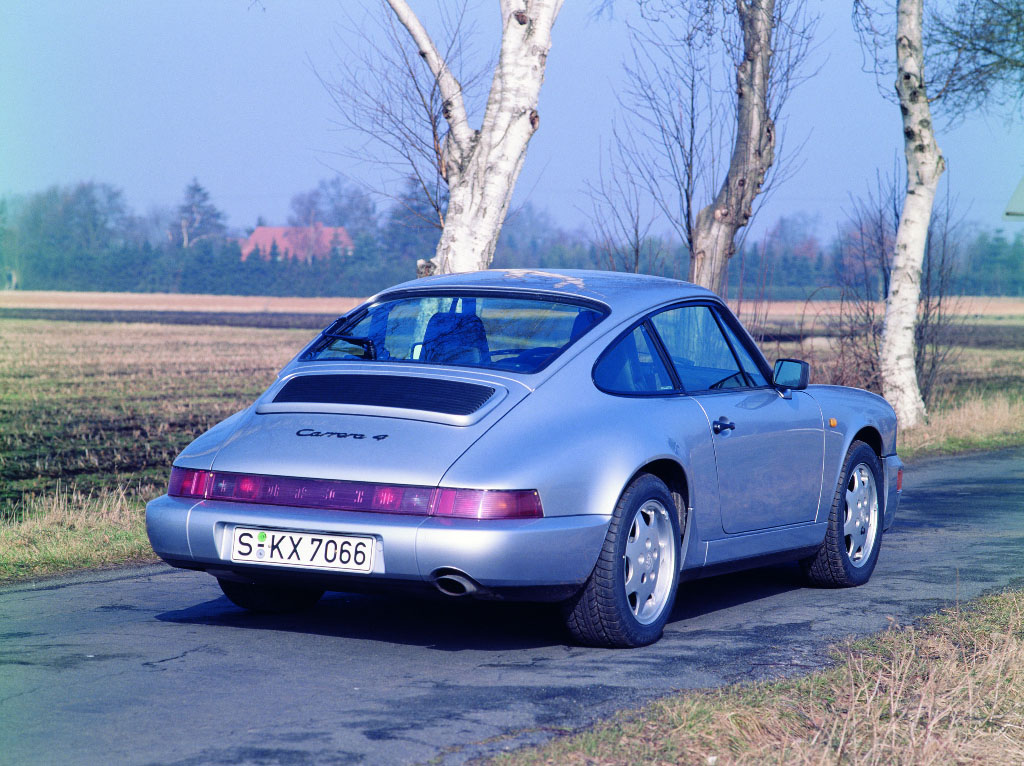
The Porsche 911 was thoroughly modified and updated for the 1989 model year, insiders referring to these models as the “964". Indeed, this code number quickly became common parlance among Porsche experts the world over. This was also when a standard model with four-wheel drive became available for the first time, the Porsche 91 Carrera 4. In order to fit the four-wheel-drive system from beneath the car, the underfloor had to be totally redesigned, inducing Porsche's Board of Management to develop the new 964 model series almost from the ground up. And this was certainly a genuine generation change in the history of the 911, as the first 911 featuring airbags and ABS as standard. No less than 85 per cent of all components were new developments, ranging from the engine, the transmission and drivetrain through the steering, the axles, the wheels and tyres all the way to the heating, ventilation and air conditioning. The most powerful member of the 964 family was the 911 Turbo 3.6 developing 360 bhp.
The 964 was succeeded by the 993 in 1993. And this again was and is a striking model in the heritage of the Porsche 911, with features borne out both by the looks of the car and by technical details not visible at first sight. The wings were rounder than before, the new ellipsoid headlights were at a lower angle. The bumpers merged smoothly and harmoniously into the softer lines of the car and the extendable rear wing was matched to the curvature of the engine lid.
Beneath its wider rear end, the 993 housed an updated version of the air-cooled 3.6-litre six-cylinder carried over from the former model. Maximum output delivered to the new sixspeed manual gearbox featured as standard was now 272 bhp, top speed was 270 km/h or 167 mph. The last air-cooled 911 in the history of the series, the 993 ended its model life with maximum output of 285 bhp in all versions, the Turbo model developing maximum output of 408 bhp.
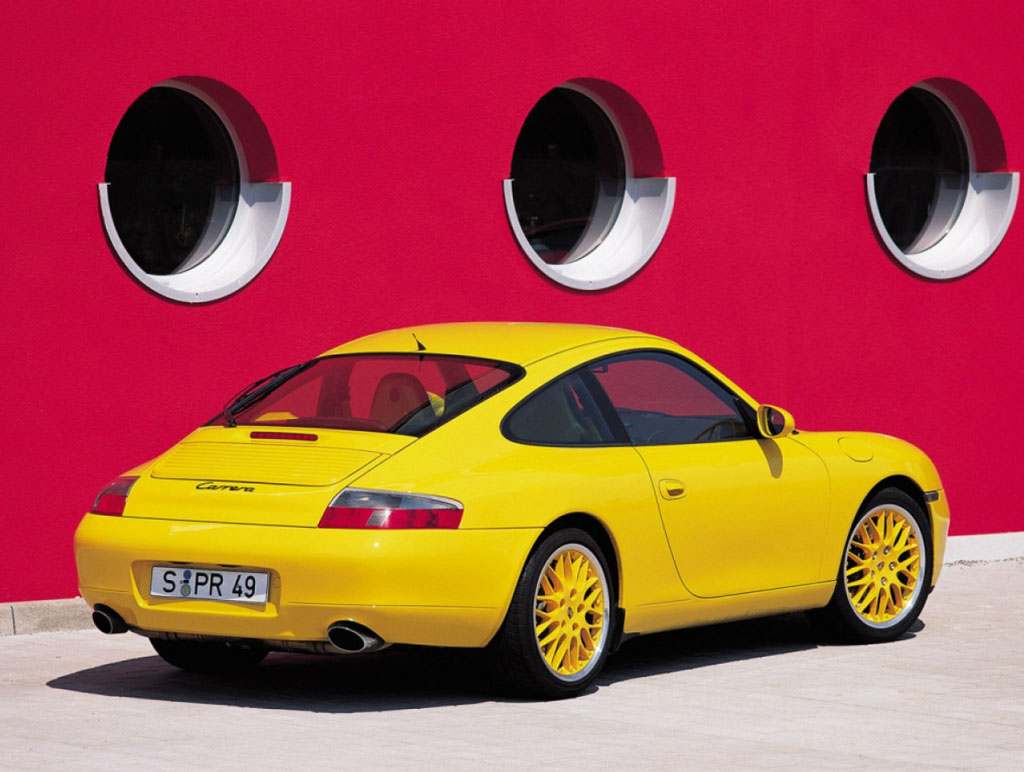
Entering its 34th year, the Porsche 911 experienced its most dramatic rejuvenation process so far: The 1998 version of the 911 Carrera – the 996 presented in autumn 1997 – went far beyond all existing dimensions. Indeed, this also applied to the car's exterior and interior dimensions far larger than before. And it applied in particular to the car's technical features, the new model being the first 911 to feature a liquid-cooled six-cylinder. Engine capacity was 3.4 litres, maximum output 300 bhp at 6,800 rpm. And like every Porsche, the 996 model series features brakes of exactly the right size and a chassis and suspension offering supreme safety reserves.
Focusing on the drivetrain, the customer was able to choose either a six-speed manual gearbox or five-speed Tiptronic S automatic also offering a manual gearshift function via paddles on the steering wheel. Then, entering the 2002 model year, the 996 was upgraded by a 3.6-litre power unit developing maximum output of 320 bhp, the looks of the car also being slightly modified.
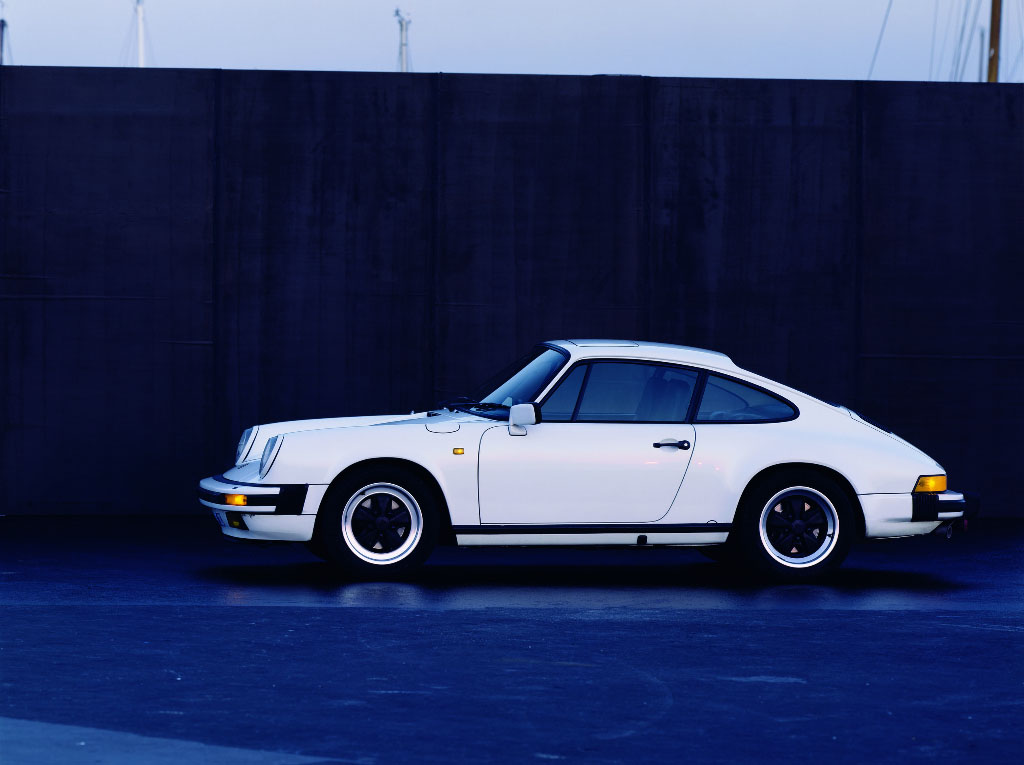
The 911 GT3 entered the family in 1999, the most conspicuous features of this new model versus the 911 Carrera being the new front end, discreet side-sills, the rear wing fitted in position, red brake callipers, as well as new 18-inch light-alloy wheels.
The 3.6-litre 360 bhp six-cylinder power unit featured in the 911 GT3 was not carried over exclusively from the 911 Carrera, but rather also came in a direct line from the Le Manswinning 911 GT1. Unlike the Carrera power unit, this engine features separate cylinder and crankcase housings as well as cylinder heads made of a high temperature-resistant light alloy. The titanium connecting rods were also carried over from the racing engine, maximum output of the GT3 being raised in spring 2003 to 381 bhp. The current version of the 911 Turbo had – and still has – the same basic engine, with maximum output in this case of 420 bhp. But the output and performance of the 911 can always be enhanced to an even higher standard, both then and today.
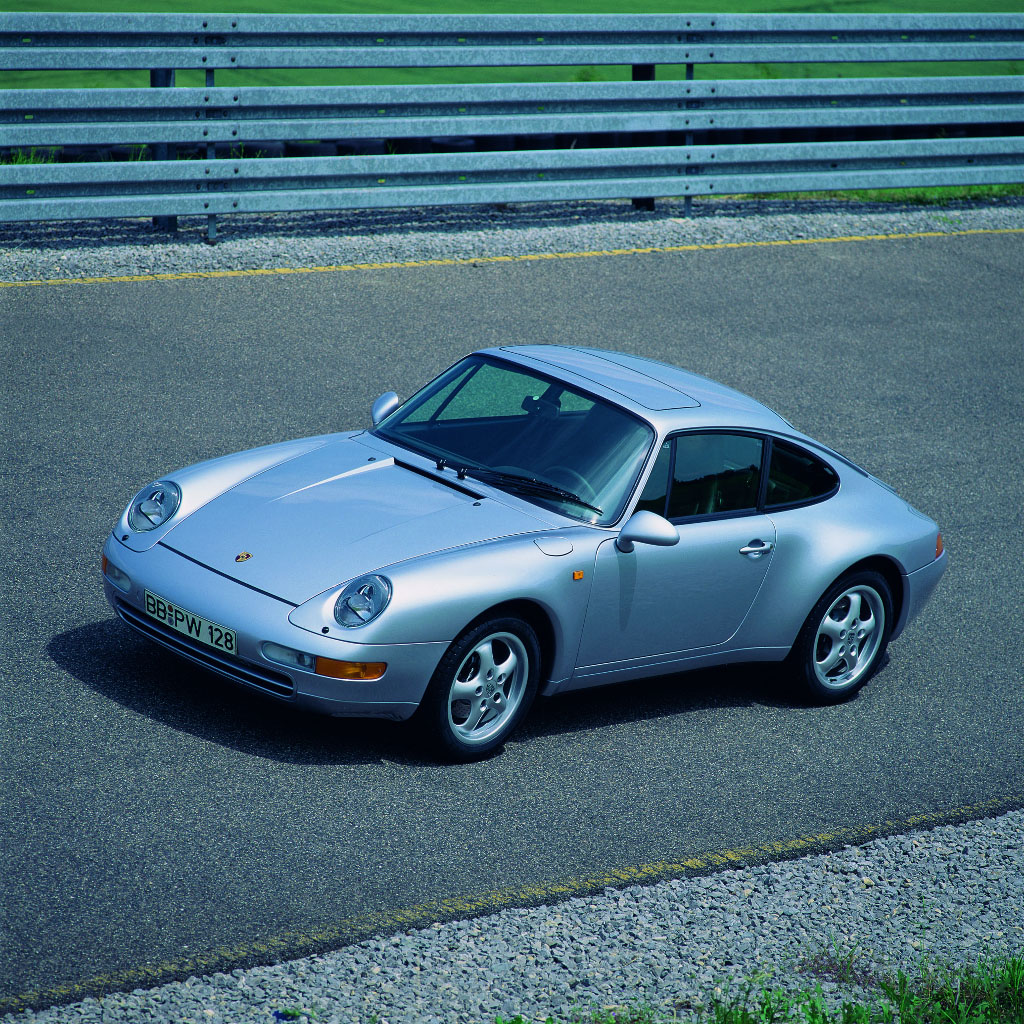
A great car deserves great praise: As appropriate acknowledgement for its 40th birthday, the Porsche 911 has already been lauded as a “Classic of the Future". Considering a wide range of features, leaders of the German classic car magazine “Motor Klassik" have chosen the Porsche 911 as the most promising sports car seen to have the greatest potential to become a genuine classic in future.
.jpg)
20 Years 911
.jpg)
30 Years 911

Porsche Press kit

Porsche Literature

Our Porsche Cars